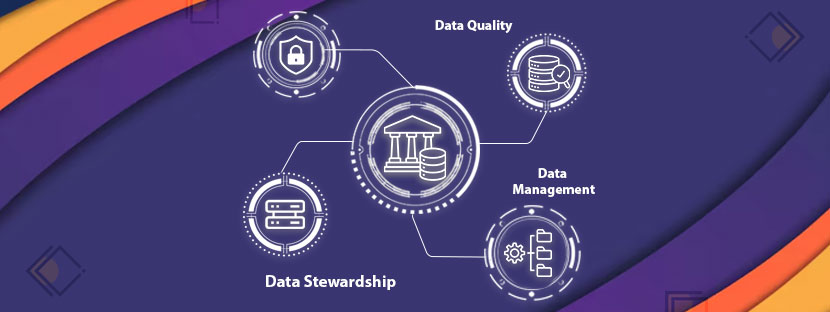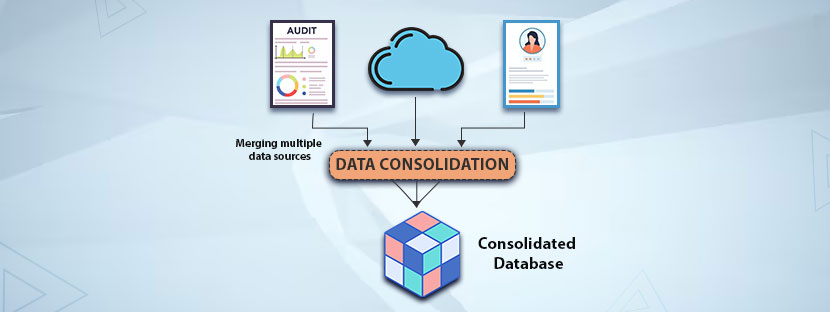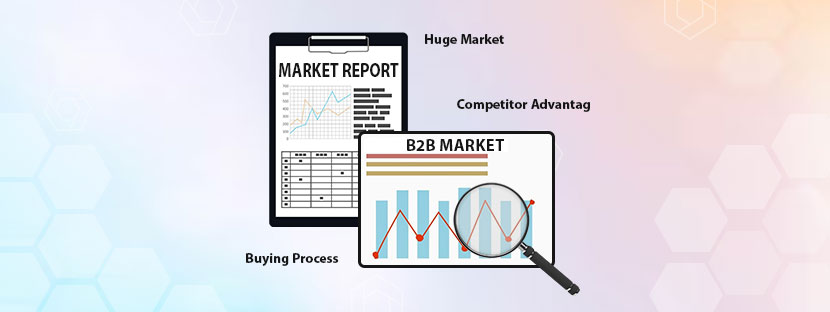In This Article
Here is the guide, policies, and techniques that organizations can use to manage and extract the best from their data.
Data governance is all about
It’s a comprehensive approach that connects with various principles, practices, and tools to manage data assets of an organization throughout their lifecycle. Following data governance principles strictly helps organizations with these five things;
By this, the data governance mechanism helps companies make data-driven decisions faster. Moreover, it helps safeguard their data from unauthorized access, makes data compliant, and maintains regulatory requirements intact.
Data governance framework
Organizations must have control of their data and other digital assets, and that’s where data governance comes in. It provides superior data control to the organizations.

Before data governance, you have to understand the parameters of data quality very well. Because data quality and data governance go hand in hand. They are intertwined and integrated. On one hand, data quality refines your company’s data for better accuracy, creates reliability, and makes it fit for all uses. On the other hand, data governance guides your company for better data collection, cleaning, and the right usage.
Why does it matter?
Effective data governance in place is an absolute need for any organization to run smoothly. Without it, inconsistencies could happen. For example, if customers’ names appeared differently in different channels (including sales, logistics, customer services, etc.), then it could create chaos while integrating the data at the end. Because of differences, it badly affects the business intelligence and then causes errors in analytics.
Hence, securing your organization from internal as well as external threats is possible when you maintain data governance policies well. Data governance procedures protect your data from every possible aspect. It is necessary because —
◀ To avoid data silos
◀ To build a shared value of data
◀ To constantly improve data quality
◀ To comply with data privacy
The 4 pillars of data governance
Objectives of data governance
Data governance principles are the foundation for building data integrity, security, and compliance within the spheres of organizational control. With the help of data governance, organizations try to achieve these key goals;
Improve data quality: Data governance protocols standardize the data quality measures of the organizations. It allows for maintaining consistent and accurate data across various sources. It helps deliver accurate data to foster operational efficiency.
Secure data
Cyberattacks are a serious threat, and they can majorly impact your organization’s operations if you do not combat them well. Hence, with the help of the right process and data governance protocols, you can make the data procedure strong and secure. It’s more like adding a transparent layer of control to your existing data control features. The best of data practices upholds customers’ trust and secures their confidential data.
Maintain complete data compliance.
Following up with the regulatory protocols is extremely necessary for maintaining the operational integrity of the data protocols. It’s even more important when you are working in an industry like banking or insurance. Data governance protocols help you with compliance so that you can avoid penalties and any other reputational damage because reputation is everything for your business.
Data governance policies and procedures
For your information, data governance policies and procedures are not applied in the same way in every organization. You can find some tweaks in them. Your organization needs to make necessary policy changes to adopt the framework at your operation.
To implement the right type of data governance policies and procedures at your organization, you need to follow these things strictly.

Build up a strong team.
Setting up a strong team is helpful for implementing data governance protocols at your company. Choosing the right team member is essential as they carry out your mission and influence your customers, and propel your business growth. Hence, you must deploy the right data managers and the team to align with governance objectives and develop business needs accordingly.
Set clear processes
How to store data, where to store it, what is the way to follow, and other things should be established well within the organization. All the procedures and practices should be clearly explained to your team members so that they can be followed well.
Integrate the right tools.
Technology nowadays is doing wonders, and in this case, can help you with following the data governance procedures. Various tools are available in the industry for making data clean and following up with the data governance policies. But tools are useful only when you are using them in the right way. For that, many companies rely on humanistic data cleansing processes to make their data compliant and well-governed.
Benefits of data governance
Following up with a data governance procedure is the need of the hour, and if you doing it successfully, you can unlock its potential values and elevate your organization’s place to the top. Now, let’s discuss the benefits that you can have when you integrate data governance policies at your organization.
Better data preservation: Data governance means setting up a rule for storing data for further use. It can help you maintain data quality intact, consistent, and accessible. While doing so, it also takes care of increasing operational efficacy and reducing costs.
Enrich data values: Following up with data governance policies with the right measures also increases your data value. It keeps data intact, adds insights, and updates it.
Improve customer experience: Data governance enhances customer experiences as it verifies the use of data. It ensures that your customers are getting engaged with the right kind of data that you want them to interact with. In other words, the ultimate control of data is relied on your hands.
What you all need
To implement data governance principles at your organization, you have to make sure that you are following the right procedure. Data governance itself is a very complex thing, and you need the right strategy to excel in it. Many organizations rely on data experts to bring it into their practices. You can also do it, if you genuinely need it.











